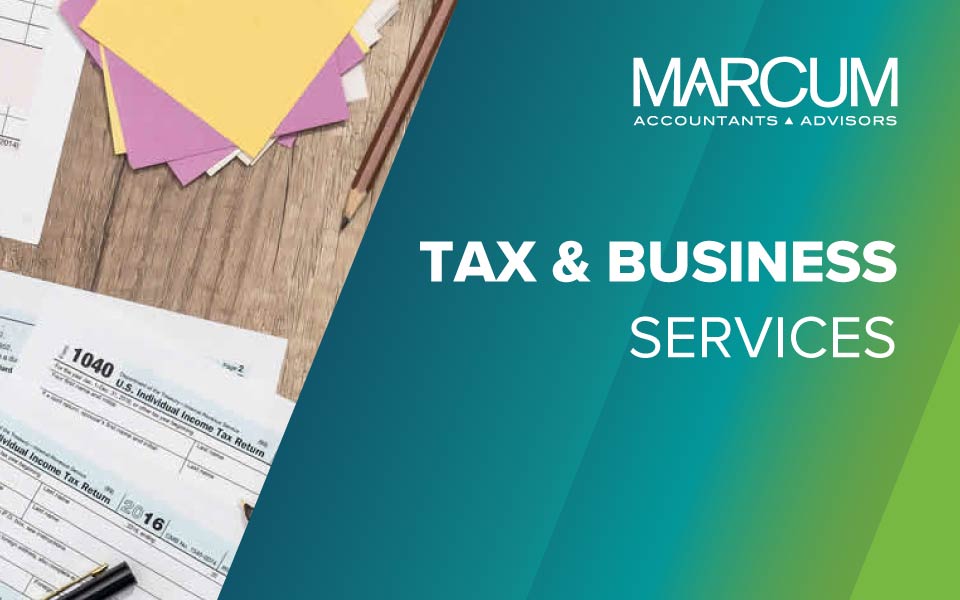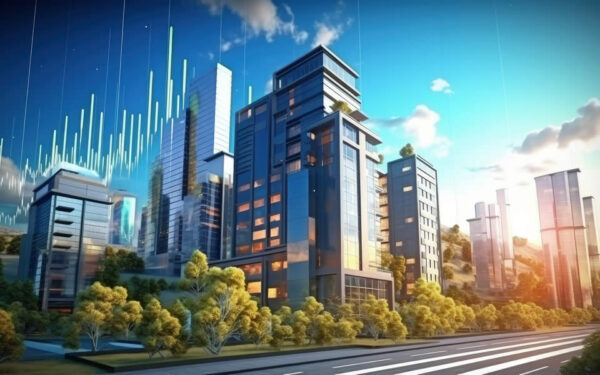Commercial Building Energy Tax Incentive Extended for 2017
By Daniel Audette, PE, CEM, LEED GA & Charles R. Goulding Attorney/CPA of Energy Tax Savers
Early in the morning on February 9, 2018, to avert an impending government shutdown, Congress passed a large omnibus budget titled the “Bipartisan Budget Act of 2018,” which included the retroactive extension of a number of expired tax provisions.
One of these extended tax provisions is the Commercial Buildings Energy Efficiency Tax Deduction, or EPAct 179D, an energy efficiency tax incentive available to building owners and designers of government-owned buildings. This often overlooked benefit allows a tax deduction of up to $1.80/sq. ft. for any building that was newly constructed or has completed interior lighting, HVAC, or building envelope projects prior to December 31, 2017.
The benefit is available to owners of commercial buildings or tenants that own the lighting and HVAC systems. Also, for government-owned buildings, the benefit goes to the primary designer of the project. This means that companies such as architects, engineering firms, energy services companies, contractors, and other technical specifiers can use this benefit if they have worked on any federal, state, or local government building energy efficiency projects.
One of the most favored commercial building categories for the EPAct 179D tax incentive is industrial buildings. Manufacturing buildings or warehouses are advantaged under the tax law, since normally a lighting project can trigger the maximum $1.80/sq. ft. tax deduction in these building types. Parking garages are another favored building type. Although they are limited to only a $0.60/sq. ft. benefit for the interior lighting systems, the energy savings targets are low enough that most lighting upgrades trigger that maximum benefit.
Marcum Commentary
With extension of the incentive, commercial building owners and firms engaged in design on government buildings now have an opportunity for a 2017 tax benefit. Many companies completed eligible projects in 2017 and are unaware of this lucrative tax incentive. Acting now, companies can still take advantage and receive a further tax benefit for their energy efficient design and investments.
ABOUT THE AUTHORS
Daniel Audette, PE, CEM, LEED GA and Charles R. Goulding Attorney/CPA of Energy Tax Savers




















